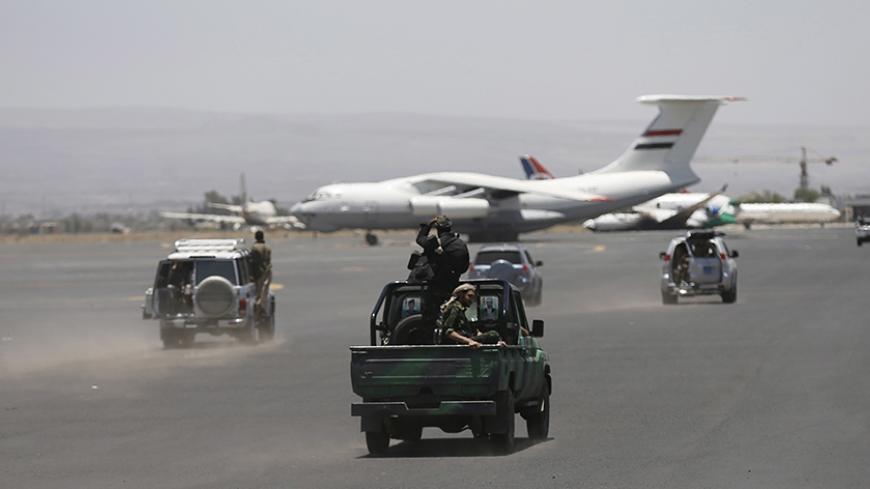The deaths of at least 1,000 Yemenis, including 115 children, and over 3,500 injuries has seemingly been the main result of the Saudi-led military strikes against the country. The conventional wisdom of these attacks on Yemen has been that it is the latest battlefield in a proxy war between Iran and Saudi Arabia. Such portrayals of the conflict often frame Iran as the aggressor, parroting claims that Saudi Arabia’s intervention in Yemen was somehow forced due to Iranian meddling in its backyard. However, such assertions ignore not just the realities of Yemen’s internal politics, but also more than a little bit of history.
To gain a better understanding of the recent actions of the Houthi forces, it is vital to understand the broader historical context of their origins. The Houthis, who call themselves Ansar Allah, are members of the Zaydi sect of Islam. The adherents of Zaydi Islam, an offshoot of Shiite Islam, comprise upward of 40% of Yemen's population.



